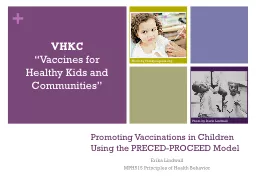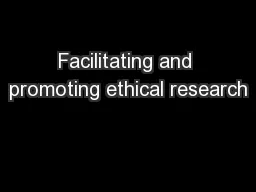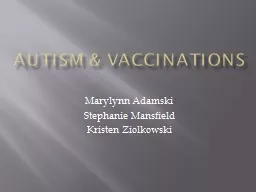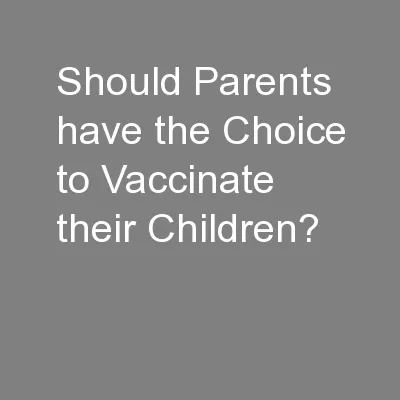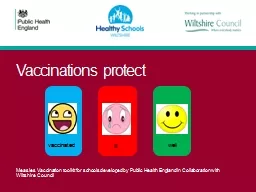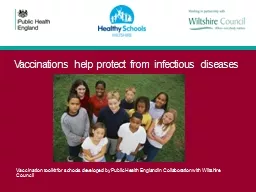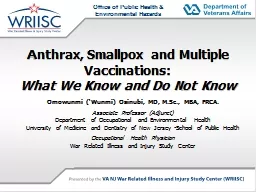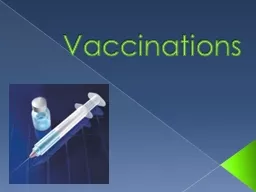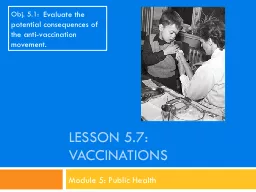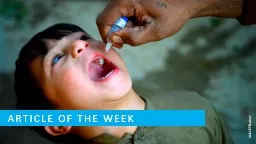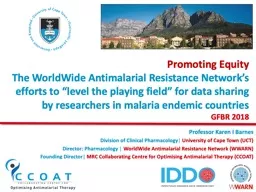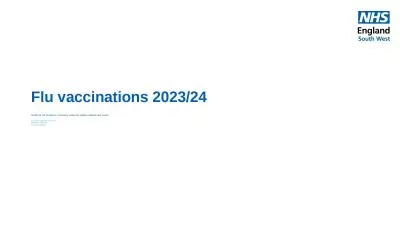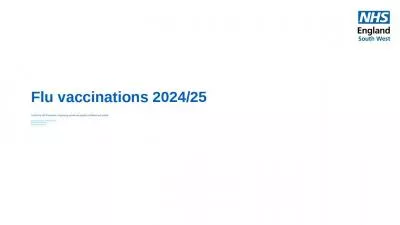PPT-Promoting Vaccinations in Children Using the PRECED-PROCEED
Author : yoshiko-marsland | Published Date : 2017-05-31
Erika Lindwall MPH515 Principles of Health Behavior VHKC Vaccines for Healthy Kids and Communities Photo by Davin Lindwall Photo by Thinkprogressorg Vaccines
Presentation Embed Code
Download Presentation
Download Presentation The PPT/PDF document "Promoting Vaccinations in Children Using..." is the property of its rightful owner. Permission is granted to download and print the materials on this website for personal, non-commercial use only, and to display it on your personal computer provided you do not modify the materials and that you retain all copyright notices contained in the materials. By downloading content from our website, you accept the terms of this agreement.
Promoting Vaccinations in Children Using the PRECED-PROCEED: Transcript
Download Rules Of Document
"Promoting Vaccinations in Children Using the PRECED-PROCEED"The content belongs to its owner. You may download and print it for personal use, without modification, and keep all copyright notices. By downloading, you agree to these terms.
Related Documents

